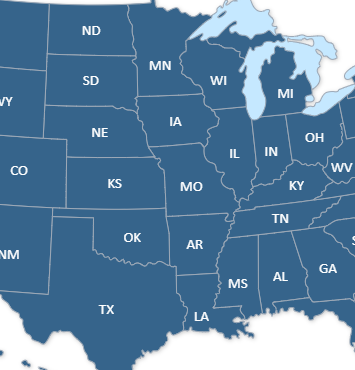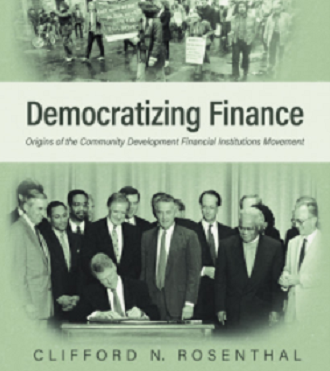Community Development Financial Institutions (CDFIs) are private-sector, financial intermediaries with community development as their primary mission.
While CDFIs share a common mission, they have a variety of structures and development lending goals. There are six basic types of CDFIs: community development banks, community development loan funds, community development credit unions, microenterprise funds, community development corporation-based lenders and investors, and community development venture funds. All are market-driven, locally-controlled, private-sector organizations.
CDFIs measure success by focusing on the double bottom line:” economic gains and the contributions they make to the local community. CDFIs rebuild businesses, housing, voluntary organizations, and services central to revitalizing our nation’s poor and working class neighborhoods. The positive effect that CDFIs have on their communities should not be underestimated.
Not only do local organizations make the decisions about how to best meet community needs, the ripple effects of CDFI activity bring responsible homeowners, locally-owned businesses, neighborhood facilities, first-time savers, and other positive benefits to communities that reach far beyond the financial bottom line.
CDFIs are private-sector organizations that attract capital from private and public sources. Private sector funds come from many sources: corporations, individuals, religious institutions, and private foundations.
Depository CDFIs, like community development banks and community development credit unions, get capital from customers and non-member depositors. CDFIs work in partnership with conventional financial institutions to channel private investment into distressed communities, either through direct investment in the CDFI or through coordination of lending, investment, and other services.
One crucial source of support for CDFIs is the federal CDFI Fund, administered by the Department of the Treasury. The CDFI Fund makes capital grants, equity investments, and awards to fund technical assistance and organizational capacity-building. CDFIs apply for limited funds through a competitive process that requires the CDFI, in most cases, to provide at least a 1:1 match of non-federal funds to receive financial assistance.
The Fund also rewards banks and thrifts for making investments in CDFIs and distressed communities through its Bank Enterprise Award Program. The New Markets Tax Credits Program, initiated in 2002, encourages private sector investment by offering tax credits for qualified community development investments. CDFIs use the money awarded through CDFI Fund programs to leverage private-sector resources into distressed communities.
CDFIs differ from mainstream financial institutions in some key aspects. For example, many CDFIs offer non-conforming mortgages or loans. Others make accounts available to customers with limited or poor credit history. Mainstream institutions, on the other hand, tend to offer a few generic programs designed to capture the broader market.
CDFIs cultivate specialized knowledge about the communities in which they do business. They forge deep relationships with their customers and community leaders. This translates into a willingness and commitment to spending time on individualized service, and specialized programs that are often too time-consuming or costly for mainstream financial institutions to implement.
Despite these differences, CDFIs do not supplant conventional financial institutions. In fact, they complement each other. Because CDFIs and banks share a market-based approach to serving communities, CDFIs often work in partnership with banks to develop innovative ways to deliver loans, investments, and financial services to distressed communities. Oftentimes, they jointly fund community projects, with the CDFI assuming the more risky subordinated debt.
Mainstream financial institutions also invest their own capital directly in CDFIs, receiving Community Reinvestment Act (CRA) credit and potential cash rewards under the CDFI Fund’s Bank Enterprise Award Program. Furthermore, CDFIs create a future market for mainstream financial institution products and services. They incubate businesses and people, helping them to grow and prosper. Once their customers have achieved some success, established a good credit history and have reached a substantial size, they can “graduate on” to borrowing larger amounts available from more conventional lending institutions.
CDFIs are trailblazers in their communities, leading the way in investing in distressed urban and rural neighborhoods and bringing people into the economic mainstream as contributors to the economy.



